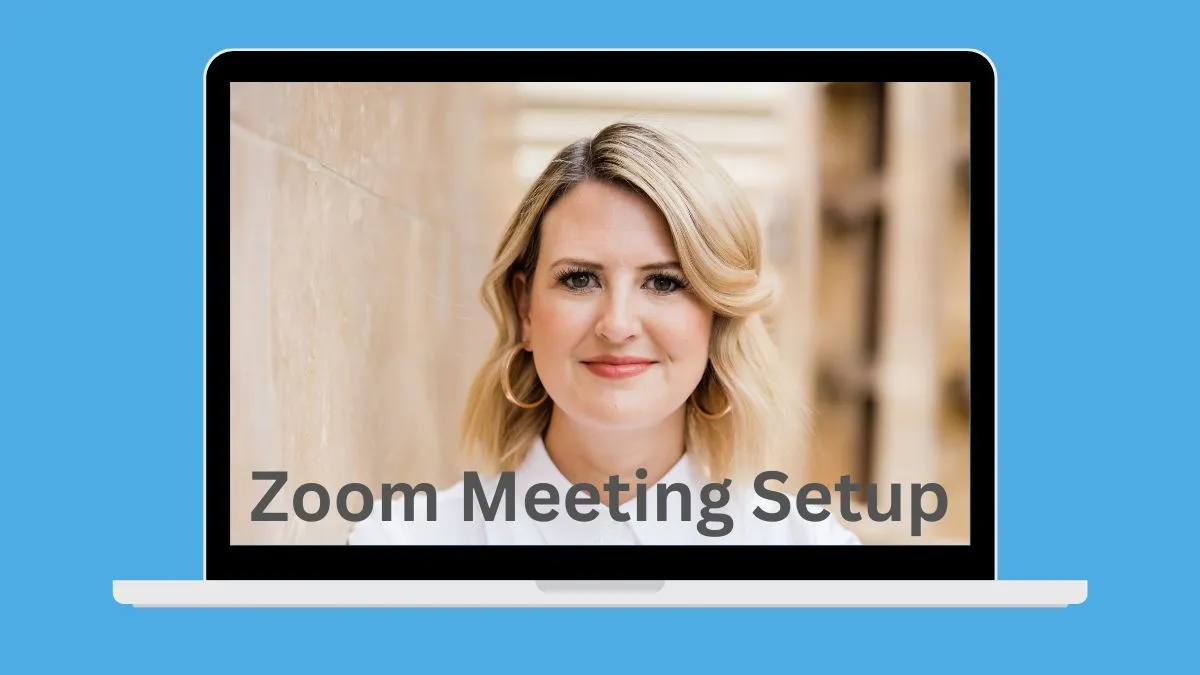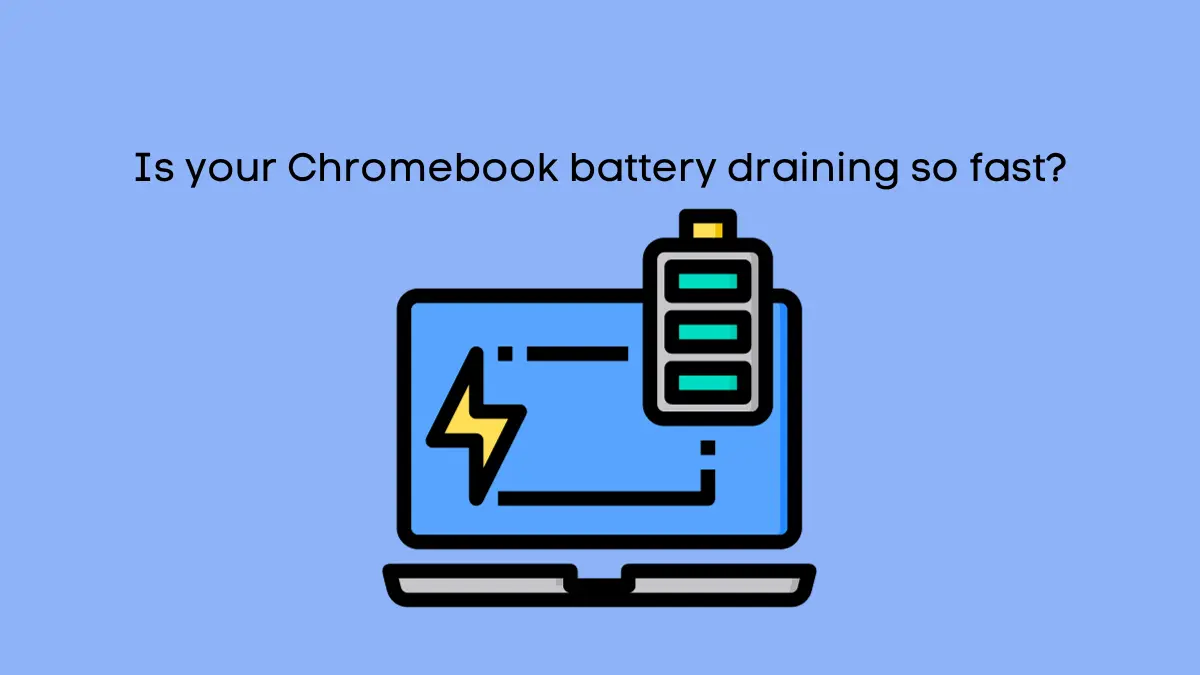Chromebook users may have experienced their tab bar disappearing while browsing the web. This can be frustrating and disruptive to your workflow, especially if you have multiple tabs open.
But don’t worry, there are solutions to help keep your tab bar from disappearing on Chromebook. In this article, we will discuss possible reasons for this issue and provide 5 ways to prevent it from happening again.
Possible Reasons why the tab bar disappears on Chromebook
Before we dive into the solutions, let’s first understand why the tab bar may disappear in the first place. There could be several factors at play, such as outdated software, display settings, or even a glitch in Google Chrome. Here are some of the possible reasons for this issue:
- Outdated Google Chrome: An outdated version of Google Chrome may have compatibility issues with your Chromebook, causing the tab bar to disappear.
- Disabled system title bar and borders: If you have disabled the “Use system title bar and borders” option in Chrome settings, this could also result in the tab bar disappearing.
- Display settings: Changes to your display settings can affect the way Chrome displays the tab bar, causing it to disappear.
- Cache and cookies: Over time, your browser’s cache and cookies can accumulate and cause various issues, including the disappearance of the tab bar.
- Glitch in Google Chrome: Sometimes, a glitch or bug in Google Chrome can cause the tab bar to disappear. This is more common in older versions of the browser.
Now that we have a better understanding of why this issue may occur, let’s move on to the solutions.
5 ways to keep the tab bar from disappearing on chromebook

Method 1: Updating Google Chrome
One of the first steps you can take to fix any issues with your Chromebook is to update Google Chrome to the latest version. This ensures that you have all the latest bug fixes and improvements, which may include a fix for the disappearing tab bar issue. To update Chrome on your Chromebook, follow these steps:
- Click on the time in the bottom right corner of your screen.
- Select “Settings” from the pop-up menu.
- In the “Settings” menu, click on “About Chrome OS” on the left-hand side.
- Click on “Check for updates” in the center of the screen.
- If an update is available, click on “Restart to update.”
Once your Chromebook has restarted, check if the tab bar still disappears while browsing. If it does, move on to the next solution.
Method 2: Enabling the “Use system title bar and borders” option
As mentioned earlier, if you have disabled the “Use system title bar and borders” option in Chrome settings, this could be causing the tab bar to disappear. To fix this, follow these steps:
- Open Google Chrome on your Chromebook.
- In the top right corner, click on the three vertical dots to open the menu.
- Click on “Settings.”
- Scroll down and click on “Advanced” at the bottom of the page.
- Under “System,” toggle on the option for “Use system title bar and borders.”
- Close and reopen Chrome and check if the tab bar is now visible.
Method 3: Adjusting display settings
If changes to your display settings have caused the tab bar to disappear, you can adjust them to bring it back. Follow these steps:
- Go to “Settings” menu, click on “Device” on the left-hand side.
- Under “Display,” adjust the settings for “Display size” and “Resolution.”
- Check if this brings back the tab bar.
Method 3: Changing display settings
If changing the “Use system title bar and borders” option did not work, try adjusting your display settings to see if that makes a difference. Follow these steps:
- On your Chromebook, press and hold the “Ctrl” key and press the “+” (plus) or “-” (minus) key to adjust display zoom.
- Check if this brings back the tab bar.
If none of these methods worked, move on to the next solution.
Method 4: Clearing cache and cookies
As mentioned earlier, accumulated cache and cookies can cause issues with your browser’s performance, including the disappearance of the tab bar. To clear your cache and cookies, follow these steps:
- Click on the three dots in the top right corner of the browser.
- Select “More tools” from the drop-down menu.
- Click on “Clear browsing data.”
- Make sure that “Cookies and other site data” and “Cached images and files” are selected.
- Choose a time range for which you want to clear the data (e.g., last hour, last day, all time).
- Click on “Clear data.”
- Close and reopen Chrome to see if this solution has fixed the issue.
Method 5: Resetting Chrome to default settings
If none of the above solutions work, you can try resetting Google Chrome to its default settings. This will revert any changes or customizations you have made, so make sure to save any important information before proceeding. To reset Chrome, follow these steps:
- Go to “Settings.”
- Scroll down and click on “Advanced” at the bottom of the page.
- Under “Reset settings,” click on “Restore settings to their original defaults.”
- Click on “Reset settings” when prompted.
- Close and reopen Chrome to see if this
You may also want to discover easy ways to restore tabs on your Chromebook.
Conclusion
The disappearance of the tab bar on your Chromebook can be frustrating, but it doesn’t have to disrupt your workflow. By following the solutions mentioned in this article, you should be able to prevent this issue from occurring again.
Keep in mind that if one solution does not work, try another until you find the one that works for you.
Additionally, it is always a good idea to keep your Google Chrome and Chromebook updated to avoid any compatibility issues in the future.
If none of these solutions work or if you continue to experience other issues with your browser, it might be worth contacting Google support for further assistance. They may be able to provide more specific guidance based on your device and settings.
In the meantime, try to regularly clear your cache and cookies, as well as keep track of any changes you make to your display or browser settings.
We hope this article has helped you understand why the tab bar may disappear on your Chromebook and how to fix it.
FAQs
How do I change tab settings in Chrome?
To change tab settings in Chrome, go to “Settings,” click on “Advanced,” and under the “System” section, toggle on or off options such as “Use system title bar and borders” and “Show tabs in full screen mode.” You can also adjust the display zoom by pressing the Ctrl key and using the “+” or “-” keys.
Why do my tabs disappear in Chrome when I go full screen windows?
This is likely due to the “Show tabs in full screen mode” setting being disabled. To fix this, go to “Settings,” click on “Advanced,” and toggle on the option for “Show tabs in full screen mode.”
How do I update Google Chrome on my Chromebook?
To update Google Chrome on your Chromebook, click on the time in the bottom right corner of your screen, select “Settings,” click on “About Chrome OS” and then “Check for updates.” If an update is available, click on “Restart to update.”
How do I always show tabs in fullscreen mode?
To always show tabs in fullscreen mode on your Chromebook, go to “Settings,” click on “Advanced,” and toggle on the option for “Show tabs in full screen mode.” You can also enable this setting by pressing the F11 key while in full screen mode.
How do I hide the address bar in Chrome?
To hide the address bar in Chrome, press F6 or Ctrl+L on your keyboard. This will bring up the address bar only when needed. You can also click on the three dots in the top right corner and select “Hide toolbar” to hide both the address bar and tab bar.
However, note that this will not permanently remove them and they will reappear when you move your cursor to the top of the screen.





